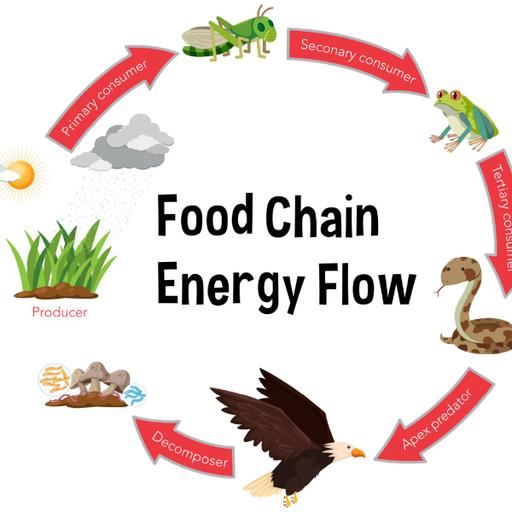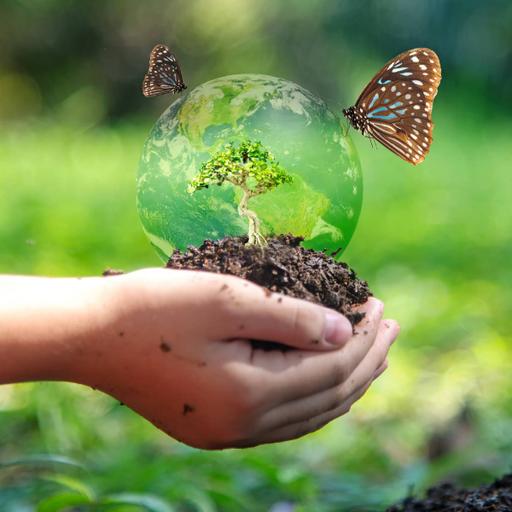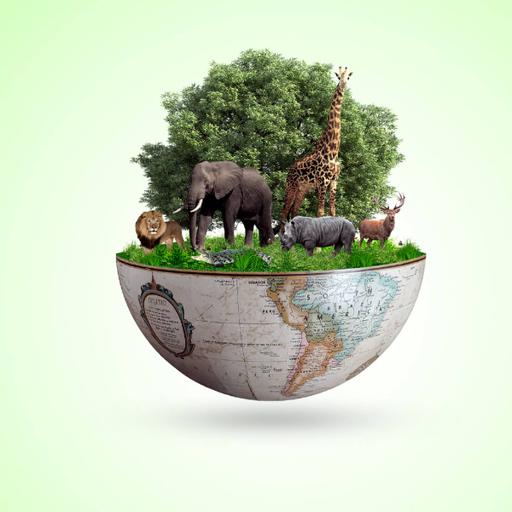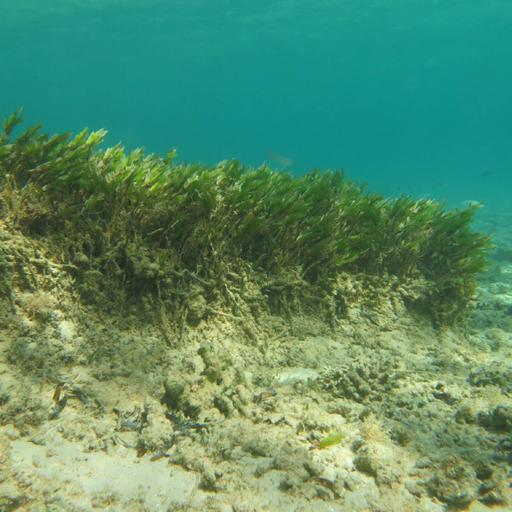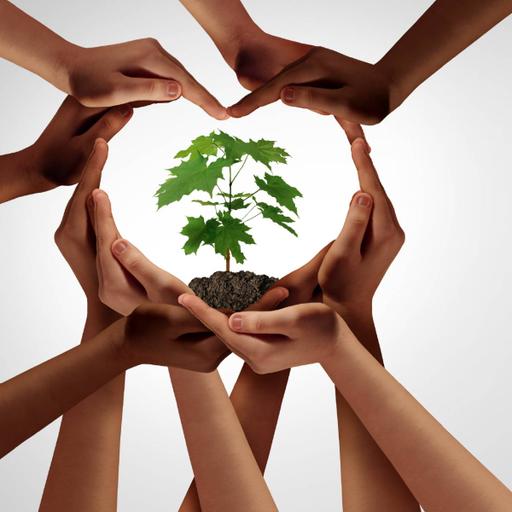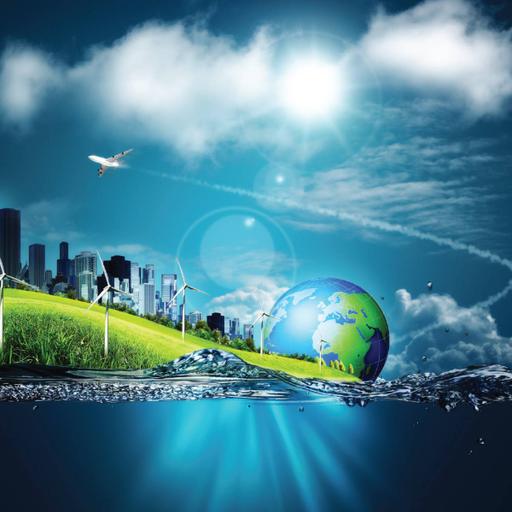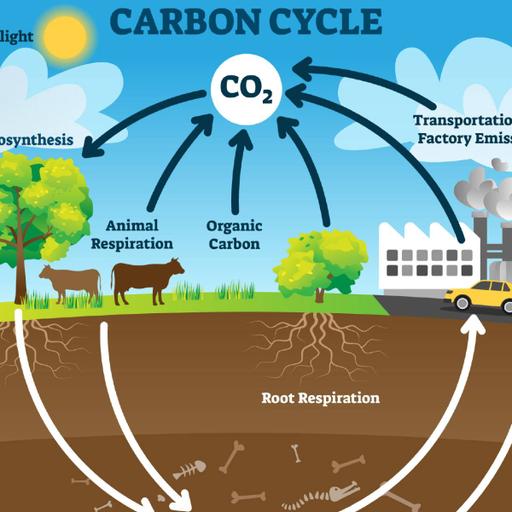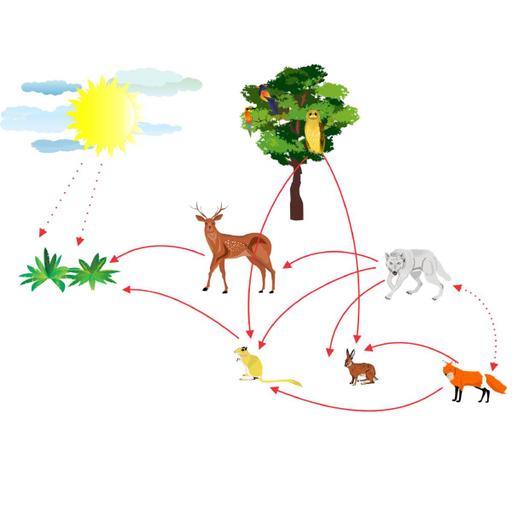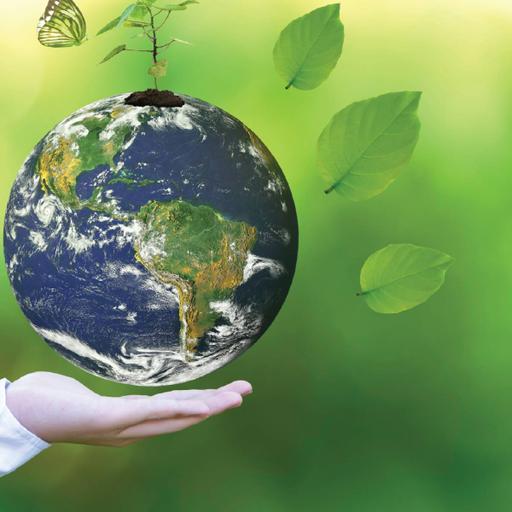Ecosystems
An ecosystem is a geographical area in which plants, animals, and other species, as well as weather and topography, interact to generate a living bubble. Ecosystems comprise both biotic and abiotic elements, or living and non-living components. Plants, animals, and other species are examples of biotic factors. Rocks, temperature, and humidity are examples of abiotic variables. Every aspect in an ecosystem, whether directly or indirectly, is dependent on every other factor. A change in the temperature of an ecosystem, for example, can have an impact on the plants that thrive there. Animals that rely on plants for food and shelter will either have to adjust to the changes or migrate to a different ecosystem. Ecosystems can range in size from enormous to small. The ponds left by the ocean are known as tide pools.
